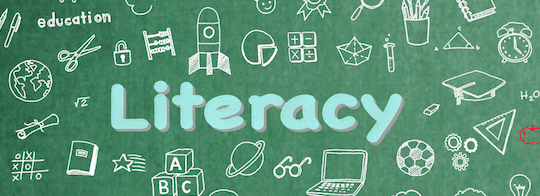
Each school year, teachers encounter new groups of students learning how to read. Whether students are learning how to read in English, Spanish, or both languages simultaneously, there are several stages of literacy development, which are essentially the same, as both languages are alphabetic in nature. The stages include the Emergent stage, the Beginning stage, and the Instructional Reading stage. Although each stage is important in the development of literacy skills, we will focus on the Instructional Stage and struggling readers. Read on to learn more about the Instructional reading stage for struggling readers and ways to help them overcome the struggle.
During the Instructional Reading stage children are expected to read in order to learn new information as well as expand their vocabulary. By the time children reach this stage, they should be able to read independently and silently to themselves. Further, during the Instructional Reading stage children should be able to use spelling patterns with multiple letters that are combined to make one sound. This is part of decoding text and sight words that assist with reading fluency.
However, not all children thrive during the Instructional Reading stage. These struggling readers need a bit more help and instruction. Here are some strategies to use to help struggling readers in the Instructional Reading stage.
- Use Leveled-Readers to help children gradually comprehend increasingly more difficult texts. Leveled-Readers help children arrive at the “right” level they should be reading at by a certain age or grade. Lectura Books just released a new set of bilingual Leveled-Readers that feature level-appropriate text in both English and Spanish. These books feature stories about everyday life and nature. For instance, the book titled “Joey and Pablo” features the heart-warming story of friendship between two classmates.
- Use visuals to help struggling readers make connections between images and text. Have your students write short sentences or paragraphs describing the images that have been shared.
- Make labels for classroom objects and place them on appropriate objects. You can point at certain objects and say their names. Additionally, you can encourage your students to walk around the classroom to read these labels. This will help children understand the connection between written and spoken words.
- Read aloud to your students so that they can hear how certain words sound. This is best when children have the same exact book in their hands so that they can follow along and make a connection between the written word and how it’s pronounced.
For more information on leveled books for struggling readers, visit our website.
